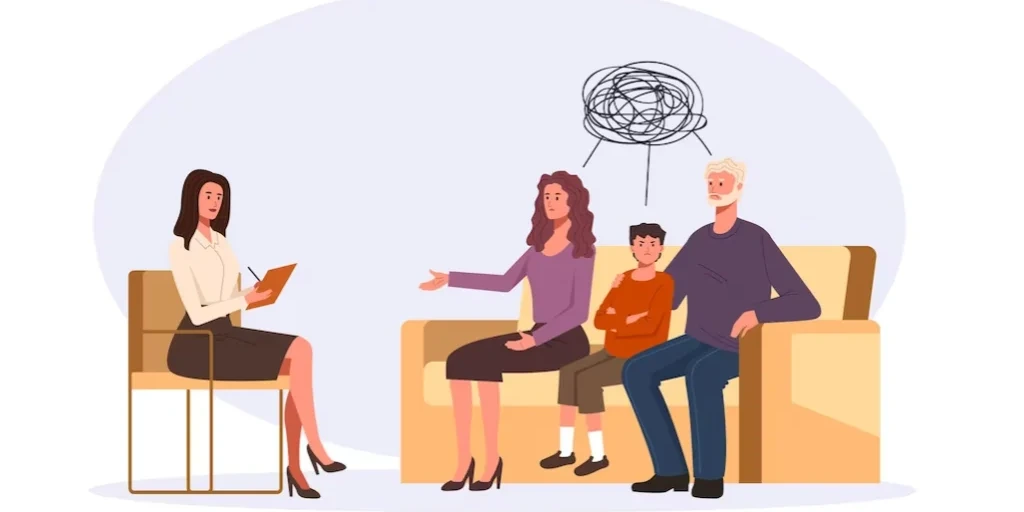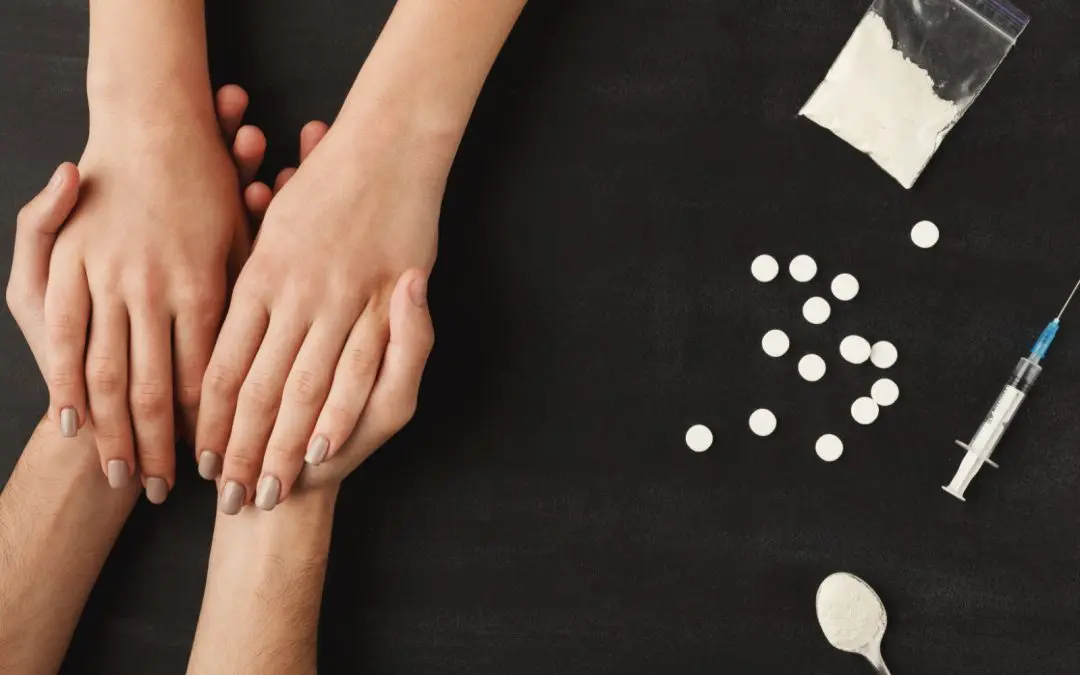24/7 Helpline:
(866) 899-221924/7 Helpline:
(866) 899-2219
Learn more about Stimulant Detox centers in Silt
Stimulant Detox in Other Cities

Other Insurance Options

Coventry Health Care

Amerigroup

Sliding scale payment assistance

UMR

Holman Group

Cigna

Magellan Health

Regence

MVP Healthcare

Oxford

Private insurance

American Behavioral

Lucent

Humana

WellPoint

Anthem

United Health Care

Health Choice

PHCS Network

Magellan


Valley View – Youth Recovery Center
Valley View–Youth Recovery Center, in Glenwood Springs, Colorado, is a 12 step-focused drug and alco...

Colorado Counseling
Colorado Counseling is a private rehab located in Glenwood Springs, Colorado. Colorado Counseling sp...

Jaywalker Lodge
Jaywalker Lodge is a drug and alcohol rehab located in Carbondale, Colorado. They provide residentia...

Gateway Foundation
Gateway Foundation offers inpatient and outpatient treatment for individuals with alcohol and/or sub...

Carbondale DUI & Counseling Associates
Carbondale DUI and Counseling - West Main Street offers outpatient treatment for individuals with al...

Centerstone Carbondale – South
Centerstone offers office-based outpatient services for children and adults experiencing mental heal...

Centerstone Carbondale – Emerald Plaza
Centerstone Carbondale – Emerald Plaza is a private rehab located in Carbondale, Illinois. Centersto...

Just Believe Recovery Center
Just Believe Carbondale Pennsylvania delivers client-centered addiction treatment. Each individual w...

NHS Northeastern PA
NHS Northeastern PA is a private rehab located in Carbondale, Pennsylvania. NHS Northeastern PA spec...


Mind Springs Health
Mind Springs Health provides counseling and therapy for mental illness and substance abuse to indivi...

Colorado West Recovery Center
Colorado West Recovery Center is a private rehab located in Glenwood Springs, Colorado. Colorado Wes...

Addictive Behaviors Counseling – 10th Street
Addictive Behaviors Counseling - 10th Street is located in Glenwood Springs, Colorado. Addictive Beh...

A New Path
A New Path is a private rehab located in Carbondale, Colorado. A New Path specializes in the treatme...

Addictive Behaviors Counseling – Mountain Shadow Drive
Addictive Behaviors Counseling - Mountain Shadow Drive is located in Glenwood Springs, Colorado. Add...

Mind Springs Health
Mind Springs Health provides counseling and therapy for mental illness and substance abuse to indivi...

Servicios de Consejeria Hispanos
Servicios de Consejeria Hispanos is an outpatient rehab located in Carbondale, CO. Servicios de Cons...

Jaywalker Lodge – Outpatient
Jaywalker Lodge offers outpatient programs for individuals with alcohol and/or substance addiction. ...

1st Alliance Treatment Services
1st Alliance Treatment Services is located in Rifle, Colorado. 1st Alliance Treatment Services provi...

Dependency Recovery Center
Dependency Recovery Center is a private rehab located in Glenwood Springs, Colorado. Dependency Reco...

Colorado Counseling
Colorado Counseling is a private rehab located in Carbondale, Colorado. Colorado Counseling speciali...

Alpine Springs Counseling
Alpine Springs Counseling is a private rehab located in Glenwood Springs, Colorado. Alpine Springs C...

Aspire Recovery For Women
Aspire Recovery For Women is a public rehab located in Carbondale, Colorado. Aspire Recovery For Wom...

Colorado Counseling
Colorado Counseling is a private rehab located in Rifle, Colorado. Colorado Counseling specializes i...

AA – Alcoholics Anonymous – Giant City Road
AA – Alcoholics Anonymous – Giant City Road is a non-profit rehab located in Carbondale, Illinois. A...

Southern IL Regional Social Services
Southern IL Regional Social Services is a private rehab located in Carbondale, Illinois. Southern IL...

AA – Alcoholics Anonymous – North Illinois Avenue
AA – Alcoholics Anonymous – North Illinois Avenue is a non-profit rehab located in Carbondale, Illin...



























